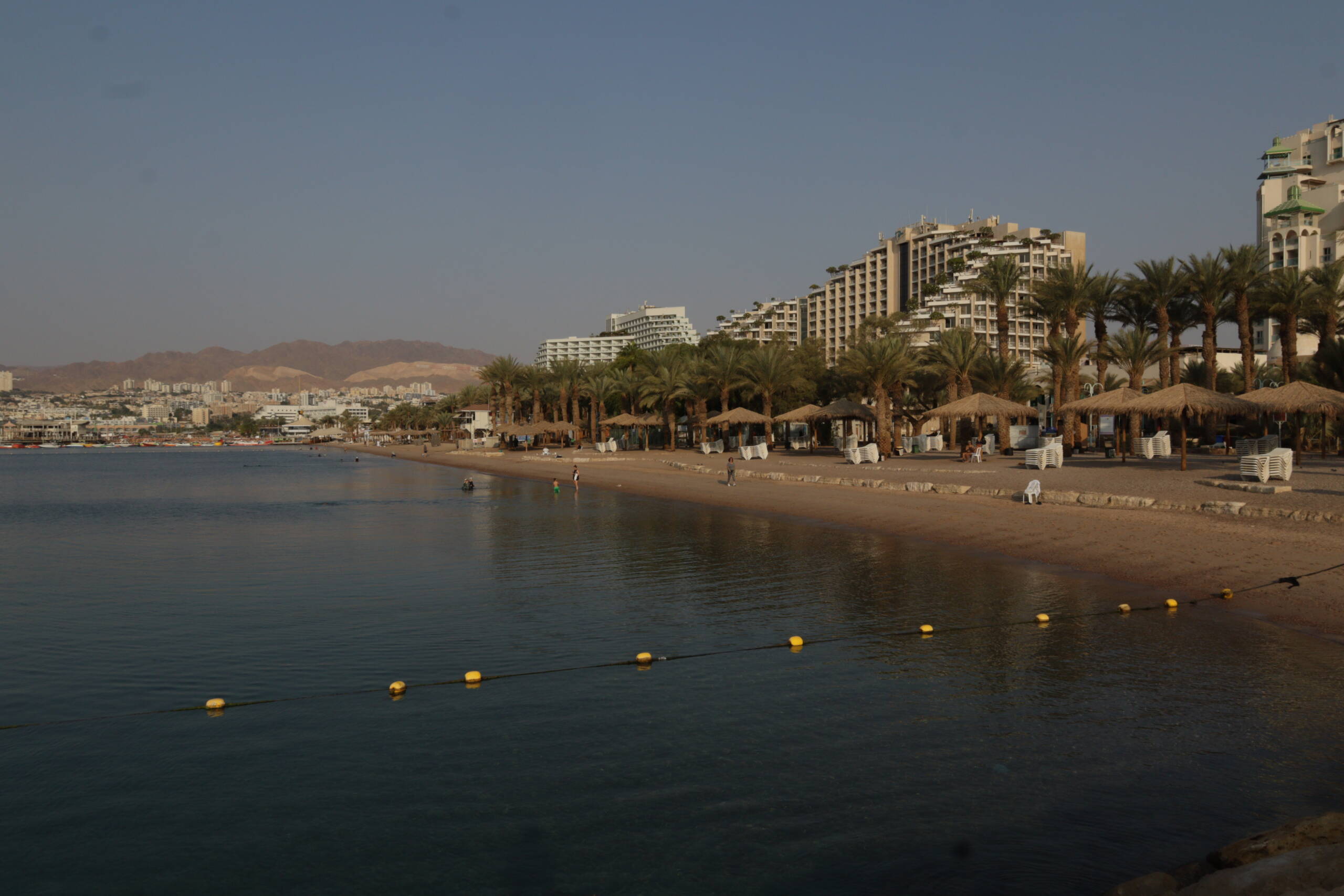Eilat was always meant to be the glittering escape at the edge of the desert—a place where the sun never stopped shining and the rest of the country came to exhale. But that fantasy has worn thin. What’s left is a city built entirely around the idea of tourism, long after the tourists have stopped coming. Eilat’s entire economic and social DNA depends on visitors, yet the kind of visitors it was built for—foreigners seeking warm beaches and affordable indulgence—abandoned it years ago. Even before the war in Gaza, foreign arrivals had dwindled to a trickle. The reason is brutally simple: Eilat is expensive, inconvenient, and out of step with what travelers now want. It’s cheaper to fly to Rhodes, Antalya, or even Dubai, where the service is better, the atmosphere feels more international, and the price of a hotel night doesn’t sting.

The city’s isolation only compounds the problem. There’s still no railway connecting Eilat to the rest of Israel, a failure that feels almost absurd in 2025. The drive down through the Negev is long and monotonous, and the domestic flight options do little to offset the sense of remoteness. The Red Sea, once the city’s lifeline, now feels more like a barrier than an attraction—troubled waters where Houthi attacks on shipping routes have cast a shadow of instability over the entire region. It’s no longer a gateway to the world, just a reminder of how small and cornered Eilat has become.
Local tourism, once the fallback, isn’t enough to sustain it either. Israelis who used to flock south for winter breaks now choose short, cheap European getaways. What’s left are corporate retreats, off-season conferences, and government seminars that briefly fill hotel rooms before vanishing without a trace. The city’s streets are immaculate but quiet, its beach promenades more photogenic than alive. By night, it can look glamorous—neon light bouncing off calm waters—but by daylight, the illusion cracks. Behind the glass facades of its resorts lie empty restaurants, half-occupied malls, and service workers stretched thin between temporary gigs.
Eilat’s tragedy is that it was built too perfectly around a single idea. There’s no industry, no university, no creative economy to give it texture beyond tourism. Urban development projects keep appearing, but they’re mostly decorative—another hotel tower, another retail promenade—while the fundamental question goes unanswered: what is Eilat for, now that the old dream no longer sells? Without a railway, a diversified economy, or a coherent strategy for the post-tourism era, Eilat risks becoming a postcard of its own past—a city trapped in permanent off-season, shining brightly for no one in particular.
Leave a Reply